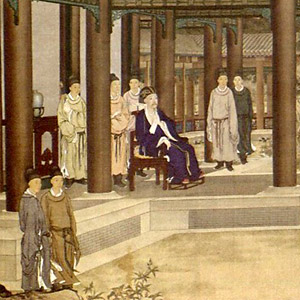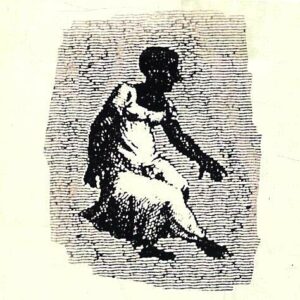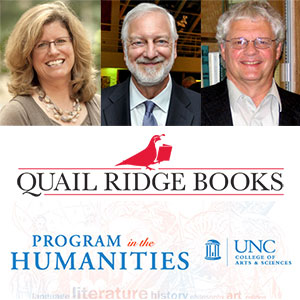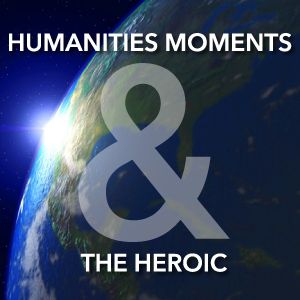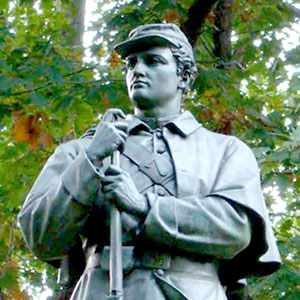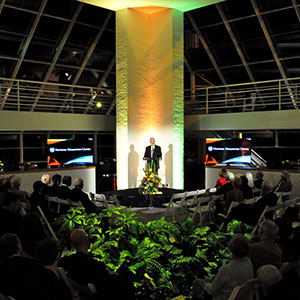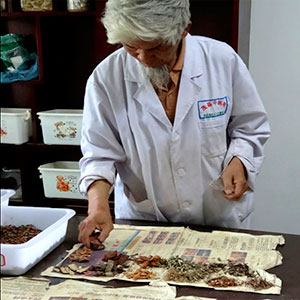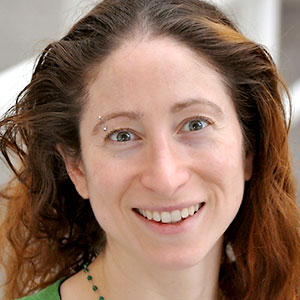
Tim Carter, “Let ’Em Eat Cake: Political Musical Theater in 1930s America”
Among all the classic Broadway shows of the 1930s, a fair number stand out by engaging directly with the New Deal politics of a turbulent decade. Why did the likes of George and Ira Gershwin, Irving Berlin, and Richard Rodgers and Lorenz Hart take this leftist turn, and how should one read the great American songs that emerged?
